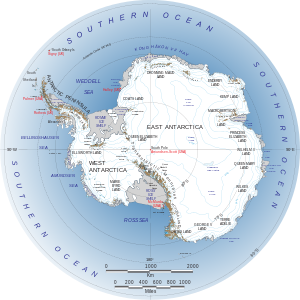Disclosure: I was sent copies of these books in exchange for an honest review. All opinions are my own.
Winter begins in a few days. Of course, in New England we feel like it has been winter for a while. However, I often think of winter books in January. Today I am sharing two new books--a board book and a nonfiction book about animals in the winter. The board book is Whose Prints? by Kari Allen and illustrated by Kim Smith. It is suggested for preschool and up.














